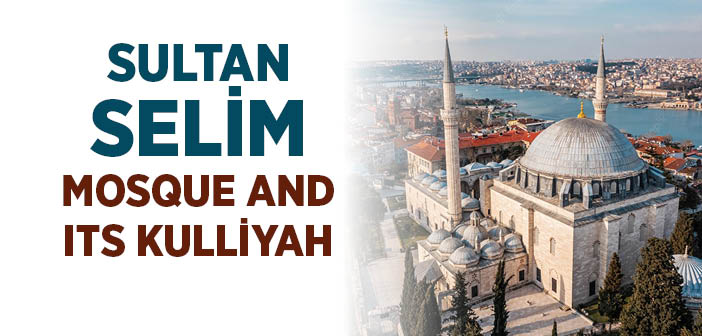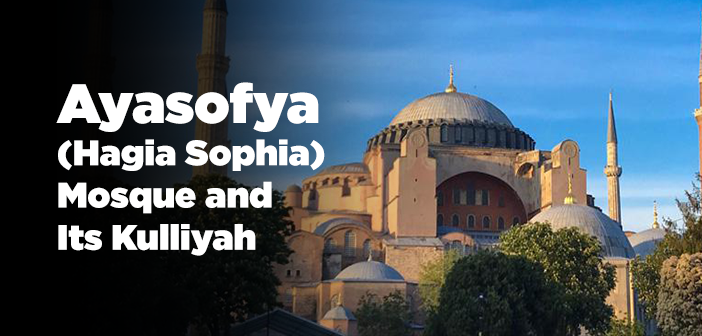Where is the sultan selim mosque in istanbul?
An American professor of education Dr. Rufi, who was invited to Turkey for an occasion, said us during our conversation:
“We, Americans would be willing to give a great amount of wealth just to have one century of your history.” (Nihad Sami Banarlı, Tarih ve Tasavvuf Sohbetleri, p. 260)
This mosque and its kulliyah are within the borders of Sultan Selim district in the county of Fatih. It was constructed by Suleiman the Magnificent between the years of 1516 and 1522 in the name of his father, Yavuz Sultan Selim. Identity of its architect is not definitely known. Although there were a soup kitchen, a tomb, a bathhouse and a primary school in the Kulliyah, unfortunately the soup kitchen and the bathhouse could not survive until this day.
It has a square shape plan and a very simple architecture. It has two minarets and each of them has only one balcony (sharafa). It is possible to see gorgeous examples of carving and nacre embroidery on the leaves of the mosque door.
Tiles used for ornamentation of the windows in the courtyard of the mosque are among the most beautiful samples of that period. In the middle of the courtyard, there is a small domed shadirwan placed upon eight marble pillars. On both sides of the mosque, some chambers were built for imam and muezzin.
There are three tombs in the barred graveyard (khazira), situated towards the direction of qiblah. In one of the tombs, Yavuz Sultan Selim is buried. In the other, Sultan Suleiman the Magnificent’s sons and the daughters, who died at a young age, are buried. As to the third tomb, it belongs to Sultan Abdülmecid.
The tomb that belongs to Yavuz Sultan Selim is a work of art befitting to his honor. The gate, window lids and nacre embroidery of the wooden rails of the tomb are wonderful. There is a robe (kaftan), covering the sarcophagus of Yavuz Sultan Selim. The following story about this robe is exemplary:
It is an Honor for Me!
Egypt Campaign was the longest imperial campaign that a ruler joined throughout the history of the Ottoman Empire. After Egypt was conquered, on its way back to Istanbul the army was caught in a heavy rain at the outskirts of Adana. The entire place turned into a mud sea. They decided to spend the night in the neighborhood. On the following day, they continued their way. On his way, Sultan Selim was conversing with one of the greatest scholars of the time, Kemal Pashazade. Just then, Kemal Pashazade’s Horse staggered and some mud splattering from feet of the horse made sultan’s robe dirty. Thinking that it was his fault, Kemal Pashazade felt noticeably ashamed. In order to save this great scholar from being ashamed, Yavuz Sultan Selim said to his servants:
– Bring me a new robe, and do not clean the mud off this robe! The mud that splattered from the feet of the horse of a scholar is valuable for us. When I die, cover my coffin with this robe. (Osman Nuri Topbaş, Abide Şahsiyetleri ve Müesseseleriyle Osmanlı, p.158-159)
Source: Harun Kırkıl, Read About and Travel Around ISTANBUL, Erkam Publications
Ayasofya (Hagia Sophia) Mosque and Its Kulliyah




